
Edward Everett Evans was an American science fiction writer and fan. He married science-fiction author Thelma D. Hamm in 1953.

Earthman's Burden is a collection of science fiction stories by American writers Poul Anderson and Gordon R. Dickson. It was first published by Gnome Press in 1957. The stories involve a teddy bear-like alien race known as Hokas, and spoof a variety of fictional genres.

Minions of the Moon is a science fiction novel by American writer William Gray Beyer, originally serialized in the magazine Argosy in 1939. It was published in book form in 1950 by Gnome Press in an edition of 5,000.
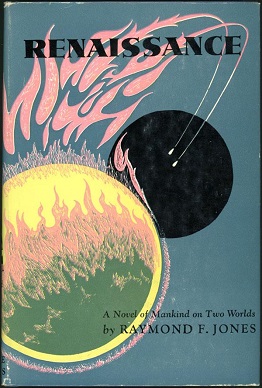
Renaissance is a science fiction novel by American writer Raymond F. Jones. The novel was originally serialized in the magazine Astounding in 1944. It was published in 1951 by Gnome Press in an edition of 4,000 copies. It was reprinted by Pyramid Books in 1963 and subsequently under the title Man of Two Worlds.

The Forbidden Garden is a science fiction novel by author John Taine. It was first published in 1947 by Fantasy Press in an edition of 3,029 copies.

Skylark of Valeron is a science fiction novel by the American writer E. E. Smith, the third in his Skylark series. Originally serialized in the magazine Astounding in 1934, it was first collected in book form in 1949 by Fantasy Press.

The Incredible Planet is a science fiction fix-up novel by American author John W. Campbell, Jr. It was published in 1949 by Fantasy Press in an edition of 3,998 copies. The novel is a collection of three linked novelettes that were not accepted for the magazine Astounding SF. The stories are sequels to Campbell's 1934 novel The Mightiest Machine.
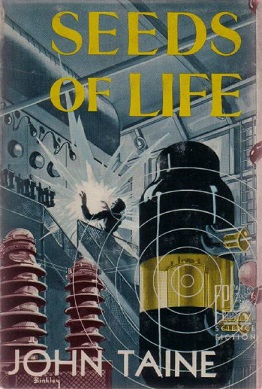
Seeds of Life is a science fiction novel by American writer John Taine. It was first published in 1951 by Fantasy Press in an edition of 2,991 copies. The novel originally appeared in the magazine Amazing Stories Quarterly in October 1931.

The Crystal Horde is a science fiction novel by American writer John Taine. It was first published in book form in 1952 by Fantasy Press in an edition of 2,328 copies. The novel is substantially rewritten from a version that originally appeared in the magazine Amazing Stories Quarterly in 1930 under the title White Lily.

Three Thousand Years is a science fiction novel by American writer Thomas Calvert McClary. It was first published in book form in 1954 by Fantasy Press in an edition of 1,454 copies. Originally serialized in the magazine Astounding SF in 1938, the novel rewritten for its book release.

Operation: Outer Space is a science fiction novel by American writer Murray Leinster. It was first published in 1954 by Fantasy Press.

G.O.G. 666 is a science fiction novel by author John Taine. It was first published in 1954 by Fantasy Press in an edition of 1,815 copies.

Under the Triple Suns is a science fiction novel by American writer Stanton A. Coblentz. It was first published in 1955 by Fantasy Press in an edition of 1,528 copies.
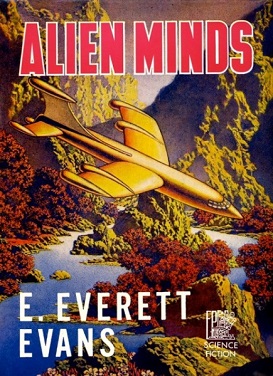
Alien Minds is a science fiction novel by American writer E. Everett Evans. It was first published in 1955 by Fantasy Press in an edition of 1,417 copies. The book is a sequel to Man of Many Minds
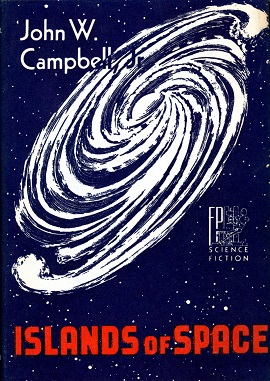
Islands of Space is a science fiction novel by American writer John W. Campbell It was first published in book form in 1957 by Fantasy Press in an edition of 1,417 copies. The novel originally appeared in the magazine Amazing Stories Quarterly; the text was "extensively edited" for book publication, with Campbell's approval, by Lloyd Arthur Eshbach. A paperback edition was published by Ace Books in 1966. In 1973, Islands was included in a Doubleday omnibus of all three "Arcot, Wade, and Morey" novels. A German translation appeared in 1967 as Kosmische Kreuzfahrt, and an Italian translation was published in 1976 as Isole nello spazio.

The Heads of Cerberus is a science fiction novel by American writer Francis Stevens. The novel was originally serialized in the pulp magazine The Thrill Book in 1919, and it was first published in book form in 1952 by Polaris Press in an edition of 1,563 copies. It was the first book published by Polaris Press. A scholarly reprint edition was issued by Arno Press in 1978, and a mass market paperback by Carroll & Graf in 1984.

The Abyss of Wonders is a science fiction novel by American writer Perley Poore Sheehan. It was first published in book form in 1953 by Polaris Press in an edition of 990 copies. It was the second and final book published by Polaris Press and included an introduction by P. Schuyler Miller. The novel originally appeared in the magazine Argosy in 1915.

The Time Stream is a science fiction novel by American writer John Taine. The novel was originally serialized in four parts in the magazine Wonder Stories beginning in December 1931. It was first published in book form in 1946 by The Buffalo Book Company in an edition of 2,000 copies of which only 500 were ever bound. It is the first novel to see time as a flowing stream.
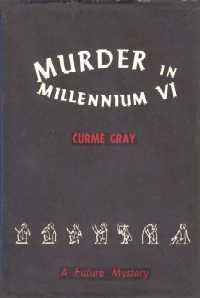
Murder in Millennium VI is a science fiction novel by author Curme Gray. It was published in 1951 by Shasta Publishers in an edition of 2,500 copies, and included in a Mystery Guild omnibus edition. The novel was the subject of an extensive analysis in Damon Knight's In Search of Wonder (1956). Paul Di Filippo favorably describes it as "utter futuristic strangeness unleavened by infodumps." Less sympathetically, Groff Conklin, reviewing the novel on its release, declared that "The style is opaque, the characters wooden. posturing empty, and unreal." P. Schuyler Miller reported that although the novel violated most of the standard conventions of the mystery story, and is "unfair to organized readers" who expect that all the information needed to resolve the mystery is presented in the story, the novel still creates "a growing fascination in the situation as it unravels -- or rather entangles itself -- which is rather effective."

Space Tug is a young adult science fiction novel by author Murray Leinster. It was published in 1953 by Shasta Publishers in an edition of 5,000 copies. It is the second novel in the author's Joe Kenmore series. Groff Conklin gave it a mixed review in Galaxy, noting that it held "plenty of excitement though not much maturity." Boucher and McComas preferred it to the series's initial volume, but still found it "quite a notch below ... Leinster's adult work." P. Schuyler Miller reported the novel was marked by "the fastest kind of action" and "the feeling of technical authenticity."




















